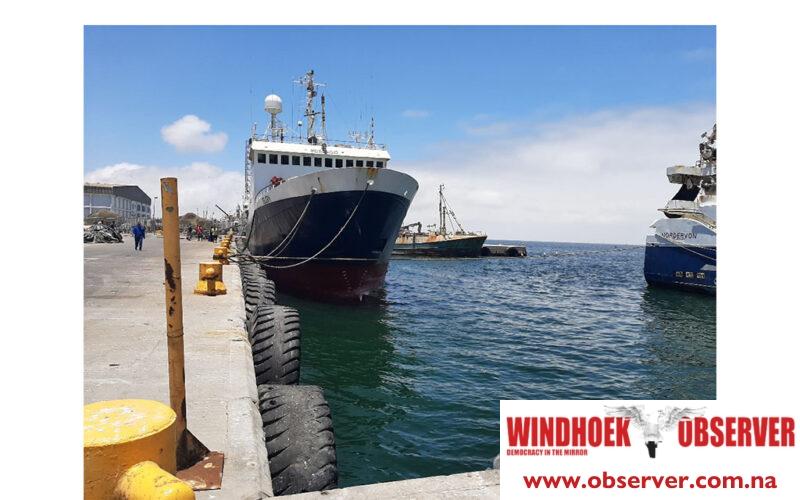Ester Mbathera
A recent study by marine experts has revealed that commercial fishing vessels are a major source of marine plastic pollution along the Namibian coast.
Data collected by fisheries observers between 2003 and 2020 found 79 incidents of plastic waste disposal in the ocean.
The waste involves non-biodegradable objects, fishing gear, plastic bottles, and single-use plastic items.
These accounted for 55.7% of the reported incidents, followed by unspecified plastic items (25.3%), fishing gear (8.9%), plastic bottles (5.0%), plastic gloves (1.3%), and single-use plastic bags (3.8%).
According to the authors, Victoria Erasmus, Timoteus Kadhila, Kassian Amesho and Adriano Mabilana, these materials, often discarded during routine fishing operations, pose significant risks to marine life, including ingestion, entanglement, and habitat disruption.
The incidents were spread across multiple locations along the coast, with higher concentrations observed around the northern, central, and southern parts of the coastline—particularly near latitudes 18°S, 22°S, and 26°S.
This is despite various regulations in place, including the Marine Resources Act, which prohibits the dumping of fishing gear and non-biodegradable items.
Namibia is a signatory to international conventions like MARPOL 73/78, which aims to prevent pollution from ships, but enforcement of these regulations appears to be a challenge.
The study found that incidents of plastic dumping have declined significantly since 2014, suggesting that awareness campaigns and regulatory efforts may be starting to have an effect.
The experts warn that more action is required to guarantee sustainable practices.
They emphasise the importance of stricter enforcement of existing laws, increased observer coverage on fishing vessels, and the potential introduction of electronic monitoring systems to ensure compliance.
The study’s authors emphasise the role of fisheries observers, who are stationed on fishing vessels to monitor compliance with regulations and collect scientific data.
The authors found that although observer coverage fluctuated between 69.3% and 89.5% from 2005 to 2020, a significant portion of fishing trips still occurred without observers, leaving some pollution incidents unrecorded.
The study found no significant correlation between observer coverage and pollution incidents, highlighting the need for additional monitoring measures, such as electronic surveillance systems, to capture data on waste disposal even when observers are not present.
According to the authors, the few plastic litter disposal incidents highlight the need to continue raising awareness about the effects of plastic pollution among seafarers in order to promote behavioural change and motivate better ways of managing plastic waste.
The study suggests that fishing companies should conduct inventories of plastic items before and after fishing trips to account for any missing items.
They also suggest improving the monitoring of fishing vessels, especially those that operate without fisheries observers.
They recommend implementing electronic monitoring systems (EMS) to capture data on waste disposal even when observers are not present.
According to the authors, this would help in tracking and documenting all incidents of plastic dumping.




